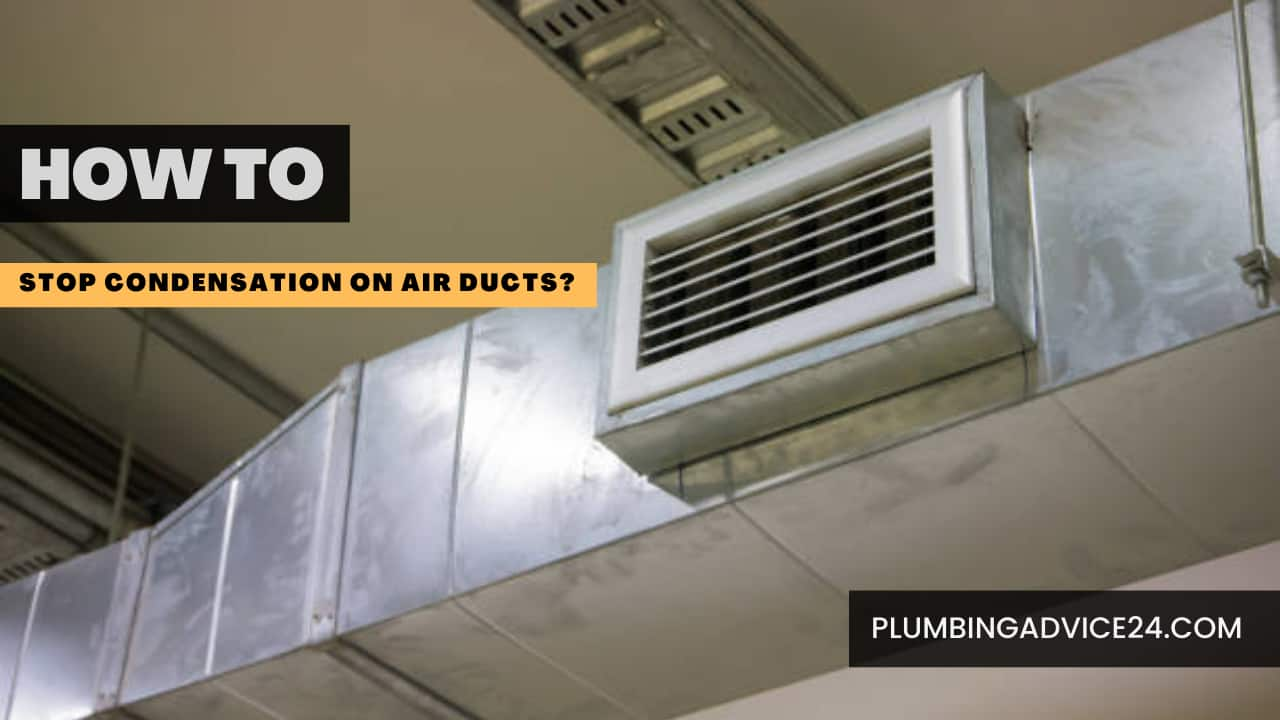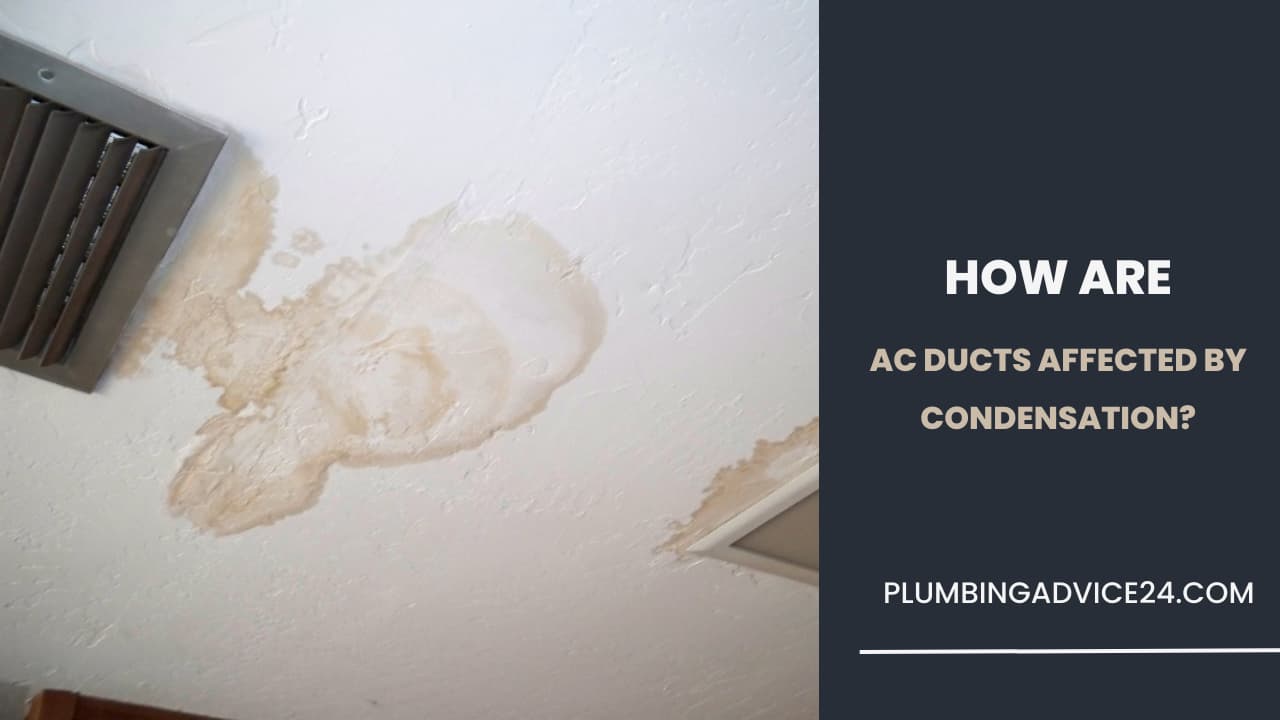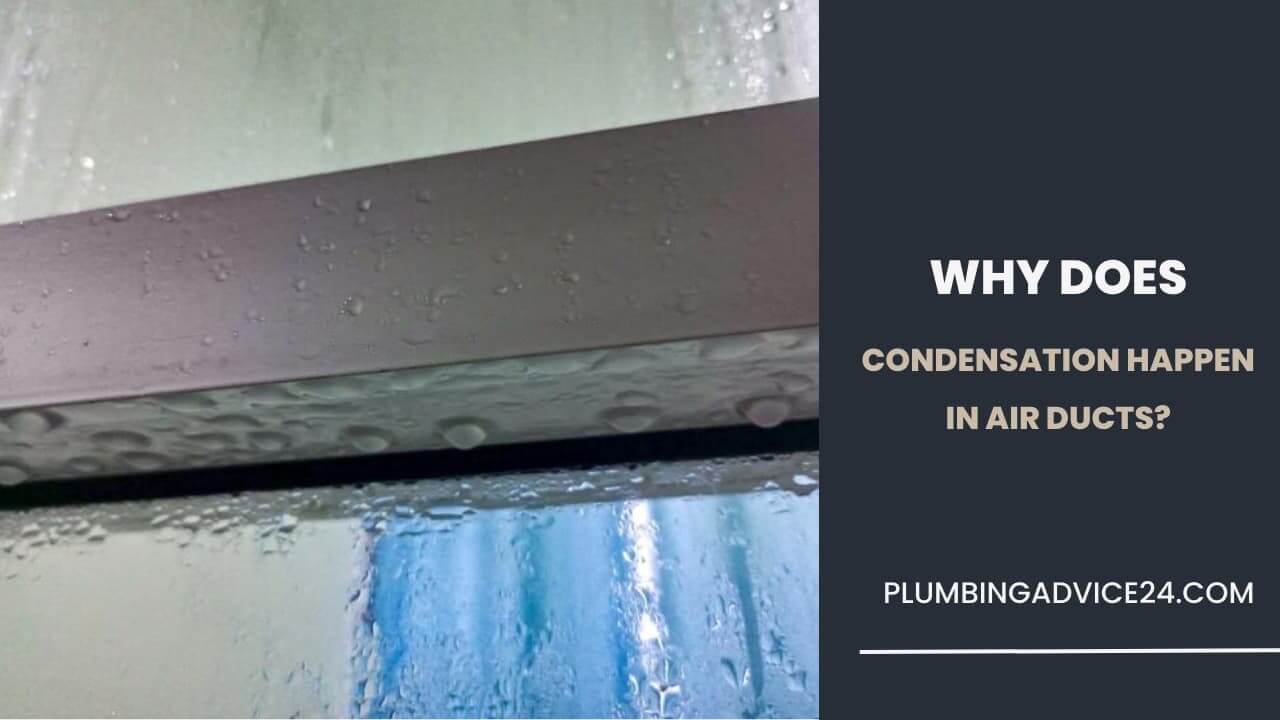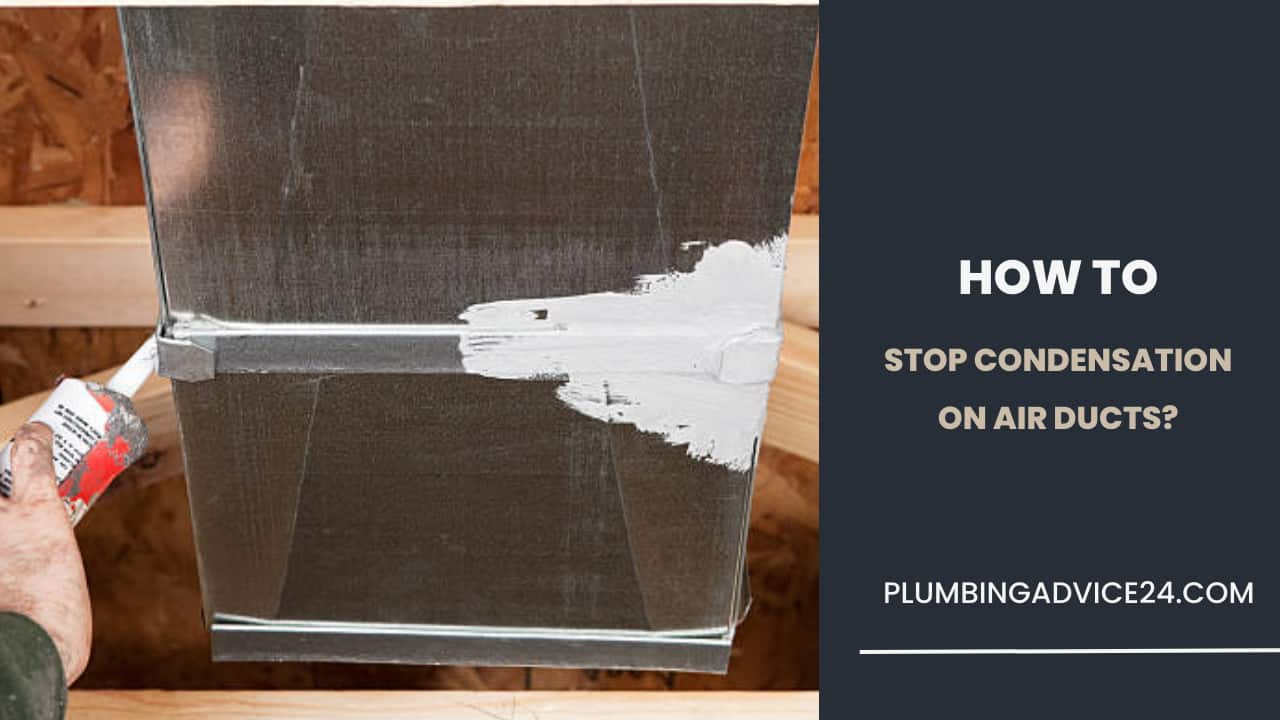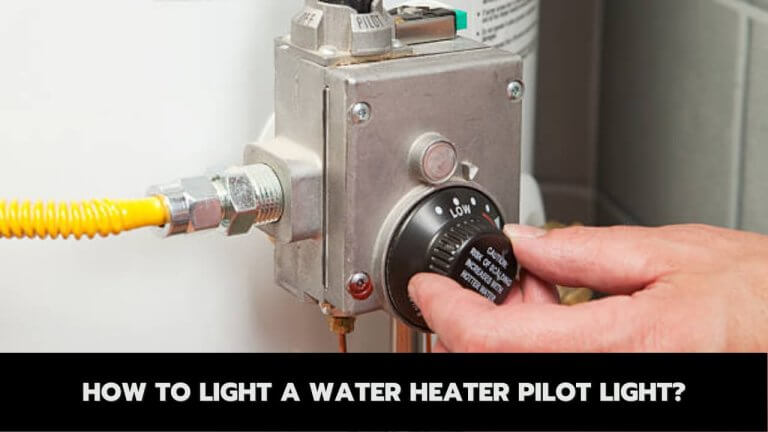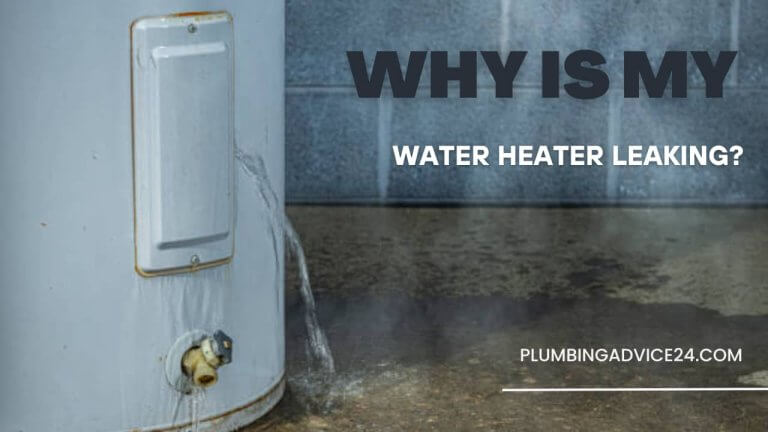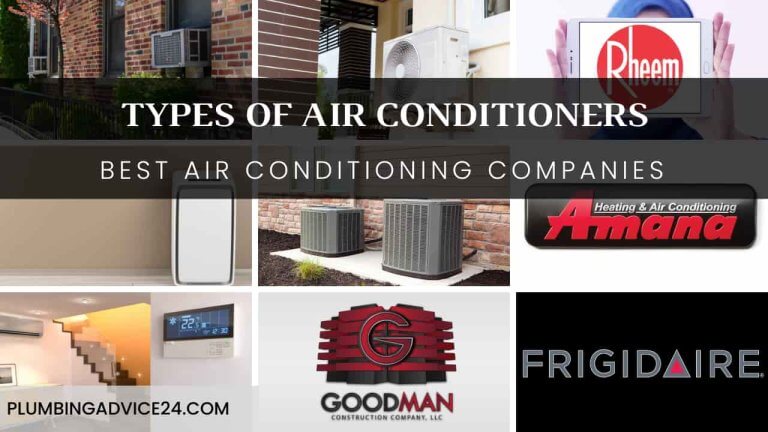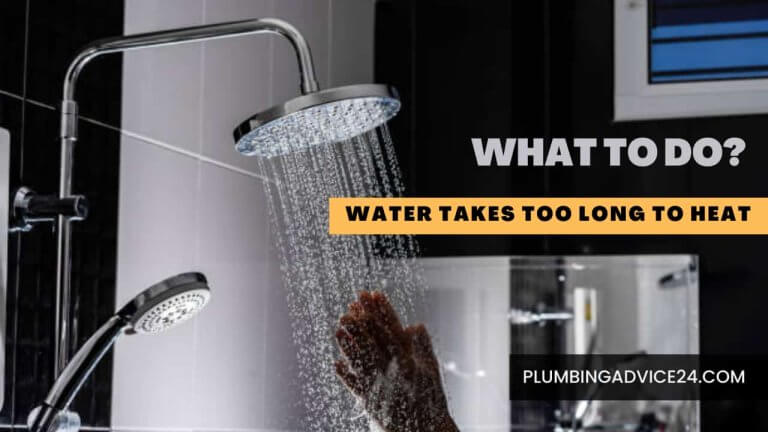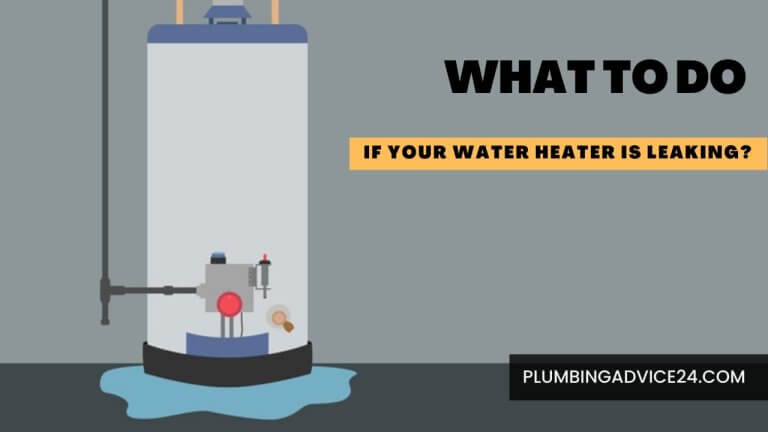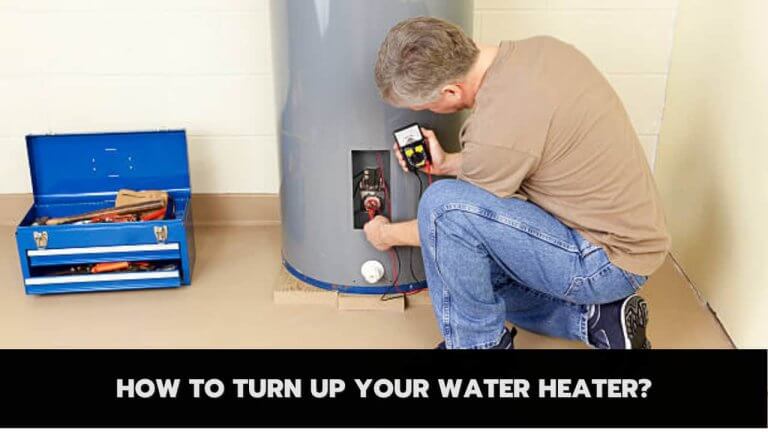How to Stop Condensation on Air Ducts?
Do you know that leaving Condensation in your AC ducts for a long time can result in several problems? Yes, it can weaken insulation and encourage the development of mold. Remember that your air ducts must be clean and dry for your home to be heated or chilled evenly. You should immediately clear the air ducts if rain or other precipitation enters them. Before exploring the causes and how to stop condensation on air ducts, we need to know how AC Ducts are affected by Condensation.
How Are AC Ducts Affected by Condensation?
Condensation occurs when warm, moist air comes in contact with colder surfaces, causing the moisture in the air to condense and form water droplets. AC ducts can be affected by condensation in several ways, Which are as follows:
1. Insulation Damage from Ductwork Sweating.
Your home’s insulation will become saturated from Condensation on the AC ducts. As the water drops compact insulation over time, its R-value and efficacy may decrease. If your house is improperly insulated, your annual energy costs will be much higher. Another problem is that as the padding collects water, it gets heavier. In some cases, it might even cause the roof to fall or crack.
2. Sweaty Air Ducts Increase High Indoor Humidity.
Long stretches of excessive humidity can be dangerous for the house and the occupants. Due to the substantial amount of moisture, it adds to the air, sweat from ducts significantly affects how clean it is inside. In addition to damaging paint and wood, high relative humidity can degrade the air’s purity. Usually, these fixes are very expensive.
3. Mildew and Mold Growth.
Mold and mold flourish in humid, hot conditions. Mold grows well in places with high dampness levels, such as AC ducts. Almost any substance, including the timber and walls that hold your house together, can be consumed by mold. Both the wood used to build your house and the items inside it are included in this group. Mold particles can trigger allergic reactions and lower interior air quality.
Why Does Condensation Happen in Air Ducts?
Condensation occurs on air ducts when warm, humid air comes into contact with a cooler surface. The causes of condensation in air ducts are as follows:
Dirty Air Filters
The airflow could be better if your ducts are leaking. Your AC filter may be clogged, something blocking the airflow through your ducts, or the MERV rating of the filter you’re using may be too high. To guarantee correct airflow, you should change your air filters every three months, even if you haven’t seen any condensation on your Air conditioner ducts. Your air conditioner’s efficiency will also be enhanced by doing this.
Improperly Installation
AC Additionally, improperly made ducts or those touching one another can result in duct moisture. Cold spots where Condensation can form can appear where two or more ducts meet. If you want it to function properly, your insulation must be put in accurately. This entails ensuring that it has enough airflow.
Leaky Ducts
Condensation on the AC ducts may also affect your air conditioner’s effectiveness. The ductwork of an air conditioner is made up of wires that are connected and maintained together. Air will ultimately escape through the spaces as these seals deteriorate.
These lines are protected, but chilly air can get through the padding, making them less effective. Air leaks make moisture in ducts worse because they restrict airflow.
Excessive Air Moisture
The overly humid air is one of the most common reasons for perspiration ducts. As a result of the increased moisture, Condensation will grow on the ducts of the air system. A structure’s main core should have a dampness level between 40 and 60 percent. For your health, comfort, and the longevity of the air conditioning system in your home, it’s imperative to keep the correct humidity level.
Drying clothes inside the house, damp basements or leaking pipelines, and insufficient air movement are all potential causes of high relative humidity levels. When the relative humidity in the house is greater, Condensation on the AC ducts is more likely to occur.
Related Post : What Do I Do If My AC Pipe Is Frozen?
How to Stop Condensation on Air Ducts?
There are several steps you can take to stop condensation on air ducts, including:
Humidity Level Reduction
Your home’s humidity level can be lowered, which will lessen the wetness that collects on the ducts. Consider getting a dryer if you live somewhere with a lot of dampness. By keeping the correct humidity level, you can increase the comfort and security of your home. The diffuser only needs to be connected to the AC switch.
Metal Duct Insulation
Using a bendable metal conduit, you can be sure that security has been established around the conduits. To avoid Condensation, hand-seal any open junction areas on the metal ducts.
But protection is necessary when using a metal conduit because there is no other choice. Look for cracks or gaps in the ducts and walls that might let air escape. Metal foil adhesive or caulk could be used to fill the spaces, which would be very helpful.
Maintaining the HVAC Filters
Do you know that cleaning the filter on your HVAC system can help reduce your monthly energy expenses? If your filter is dirty, your air conditioner won’t be able to cool the air as efficiently or remove as much dampness. Your air conditioner’s ducts will grow vapor as the relative humidity rises.
Depending on where you live and the type of air filter you have, you may need to clean or replace the air filter every week, once a month, or once a year.
Routine Duct Maintenance
Did you know that junk, such as hair, dead bugs, trash, or even grit, can block the air ducts of an air conditioner? They are susceptible to clogging over time, just like air filters. If there is insufficient airflow because of blocked openings, mist may form on the AC ducts.
If you can’t change and clear the air filters, hire a qualified HVAC specialist to fix the ventilation system. They accomplish this because they can use tools made for the purpose.
Conclusion:-
Preventing Condensation on air conditioning ducts is essential to maintain the efficiency and longevity of the system. This can be achieved by ensuring proper insulation, maintaining a balanced temperature and humidity level, and regularly inspecting and cleaning the ducts. These steps can prevent moisture buildup, mold growth, and costly repairs, ultimately leading to a more comfortable and healthy indoor environment.
Related Post : Types of Air Conditioners | Best Air Conditioning Companies
What Happens If Condensation Occurs on the Air Ducts?
Condensation occurs when warm, humid air comes into contact with a cooler surface, causing the moisture in the air to condense and form droplets. Condensation on air ducts can cause the following problems:
- Insulation Damage from Ductwork Sweating.
- Sweaty Air Ducts Increase High Indoor Humidity.
- Mildew and Mold Growth.
What Causes Condensation in AC Ducts?
Condensation occurs on air ducts when warm, humid air comes into contact with a cooler surface. The causes of condensation in air ducts are as follows:
- Dirty Air Filters
- Improperly Installation
- Leaky Ducts
- Excessive Air Moisture
How to Prevent Condensation on AC Ducts?
There are several steps you can take to stop condensation on air ducts, including:
- Humidity Level Reduction
- Metal Duct Insulation
- Maintaining the HVAC Filters
- Routine Duct Maintenance
How Much Condensations from AC Is Normal?
Depending on the size of the AC system, the level of humidity in the air, and the temperature settings, some condensation on the unit is to be expected. On average, you can expect 5 to 20 gallons of condensate per day. If water is not draining, your climate may be too dry or your system is not functioning properly.
If You Liked This Post? So Share It with Your Friends
Suggested Articles:
